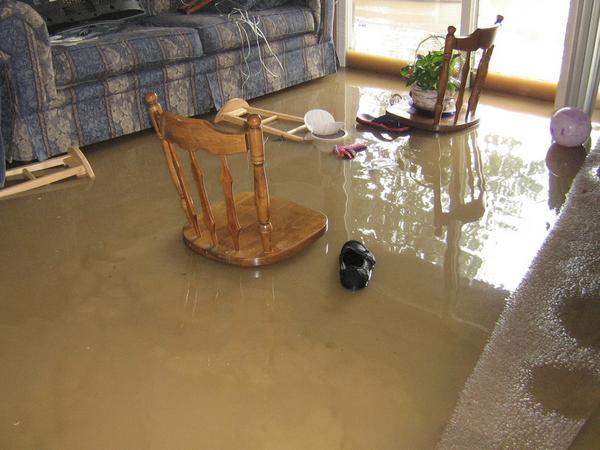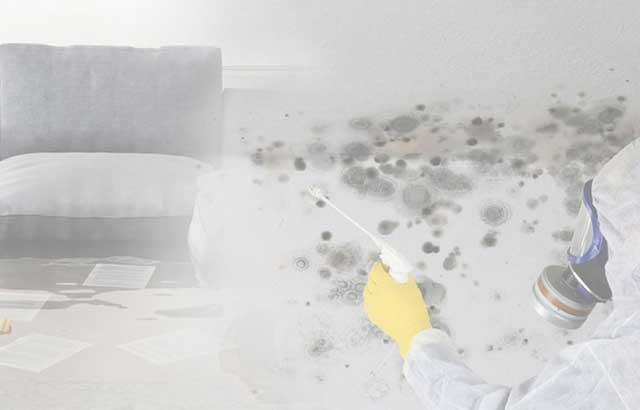Avoiding Water Damage in the Bathroom
Avoiding Water Damage in the Bathroom
Blog Article
Just how do you feel in relation to How to Prevent Bathroom Water Damage?

The bathroom is extremely at risk for damp buildup as well as potential water damages due to the regular use of water in it. This write-up provides straightforward evaluation strategies to help identifying water damage threats.
The frequent use water in the restroom makes it exceptionally vulnerable for damp buildup as well as prospective water damage. By checking it regularly, you can minimize water relevant damages.
The adhering to set of assessments is very easy to perform as well as need to be done once in every 3 months in order to maintain your restroom healthy and to avoid potential water problems brought on by the tub, the shower, pipeline joints and also plumbing, sinks, cabinets, as well as the commode
Do not neglect carrying out these assessments and also be comprehensive while doing them. Bear in mind that these straightforward evaluations can conserve you a great deal of money by offering very early signs for water damage
Bath tub and Shower
The shower as well as bath tub require special focus and maintenance. Examine the tiles and replace if split. See to it that there is no missing grout in between the floor tiles. Inspect as well as change fractured caulking at joints where the walls satisfy the flooring or the bath tub. Clogged drains as well as pipelines problems will avoid the bath tub from drying out and may suggest severe troubles beneath the tub. Talk to a specialist quickly to prevent structural damage. Focus on stainings or soft locations around the bath tub walls as they may indicate an interior leak.
Plumbing
Signs for water damages are difficult to discover considering that many pipes are installed inside the walls.
Pay unique focus to floor covering and also wall surfaces wetness as well as stains as they may show an invisible plumbing trouble. Examine dampness degrees in adjoining rooms too.
Sinks and also Cabinets
Sinks and also cupboards are subjected to moisture and humidity day-to-day and are often overlooked. Examine frequently under the sink as well as on the countertop above it. Fix any type of drip in the trap as it may recommend drainpipe issues. Browse the sink, slow draining pipelines might indicate a blocked drainpipe. Replace sink seals if they are broken or loose.
The Commode
The bathroom is a susceptible water junction. Examine the water lines as well as search for leakages around the bathroom seat, in the hose, and also under the water storage tank. If you discover any indicators of wetness on the floor around the commode, check for leaks in the toilet edge and container seals.
Know that hanging toilet dish antiperspirants increases the opportunities for blockages.
Water Damage Signs In The Bathroom To Avoid Cleanup
Musty smell
This is one of the easiest signs to catch because musty smells are so odorous. The damp, earthy, moldy smell should be a big red flag. The smell will develop when moisture gets trapped in surfaces, and begins to facilitate mold growth. Leaking pipes under cabinets, inside walls, and behind shower fixtures will cause moisture to stay trapped and not dry, which will lead to mold growth and spread. As soon as you notice any musty smells in your bathroom, have it checked for hidden water damage and cleanup signs.
Visible mold
If the smell isn’t there to give it away, sometimes you will actually see mold growth. Finding mold in your bathroom is a serious problem, because mold is very harmful to your health. By the time mold growth is visible, it also means that water damage has already occurred and been present for some time. The only way the mold problem can be resolved is to find the source of the moisture and get it stopped. To safely and adequately remove mold, you need to have professionals handle the remediation. Do not waste any time in getting mold problems addressed, fixed, and sanitized so that you can protect you and your family from the many respiratory symptoms caused by mold exposure.
Damaged floors
Bathroom floors should be able to withstand some exposure to water while still remaining in good condition. However, when excess exposure or water leaks occur, they will begin to damage even the most water-resistant flooring. If you notice any cracking, bubbling, staining, or warping on your bathroom floors, there is probably a water leak somewhere causing the distortion. If you notice areas of the floor have become softer, or even have a spongy feeling, there is probably damage to the subfloor. Subflooring is typically made up of plywood. When plywood is exposed to water or moisture, it will absorb it. Once it has become saturated, the weight of the excess water will cause the wood to swell and soften. Check the floors in your bathroom frequently to catch any of these sings before they lead to damaged subflooring.
Changes on walls
When water leaks behind walls, it will cause changes in the drywall. Peeling plaster, blistering paint, and soggy wallpaper are all good indicators that excess water is building up behind the wall. Water leaking behind drywall will cause it to swell and be soft to the tough. If you start to notice gaps along the trim of your walls, or where tile meets the wall, it could also be a strong indicator that there is a leak behind the wall. Any changes, distortion, or damage on the walls should be evaluated as soon as you notice it to prevent further water damage and cleanup.

We were made aware of that write-up about How to Fix a Water Damage Bathroom through someone on our other website. Do you know about somebody who is occupied with the topic? Please feel free to share it. I am grateful for your time. Come back soon.
Call Today Report this page